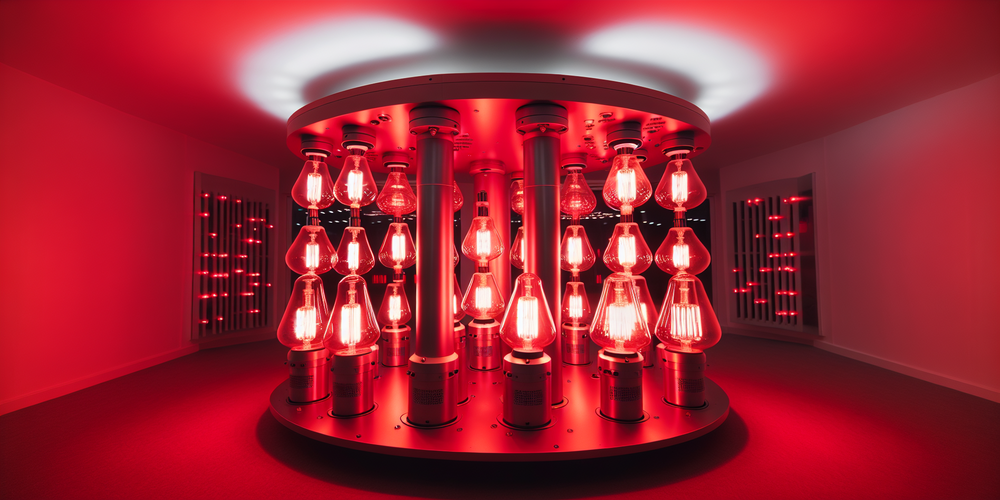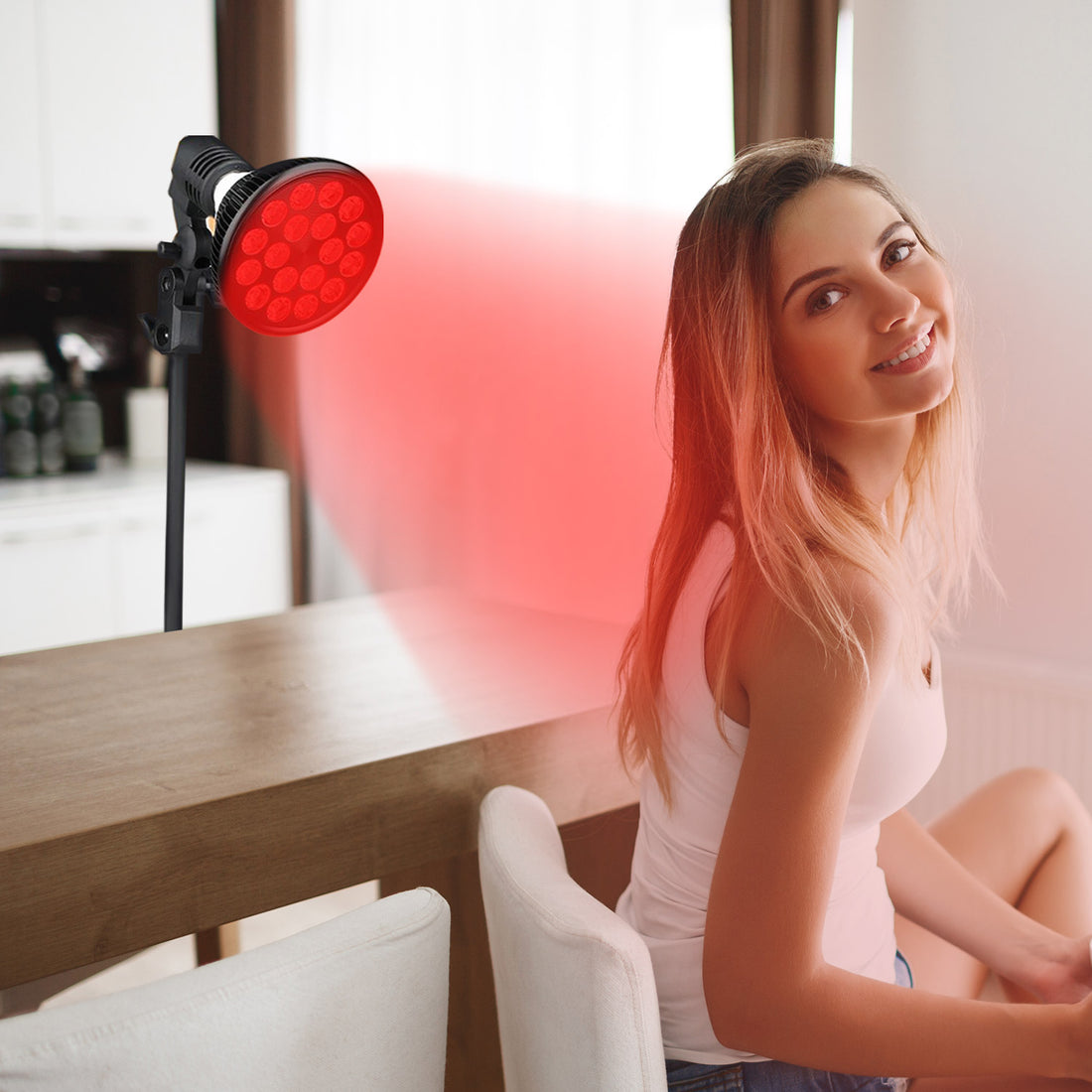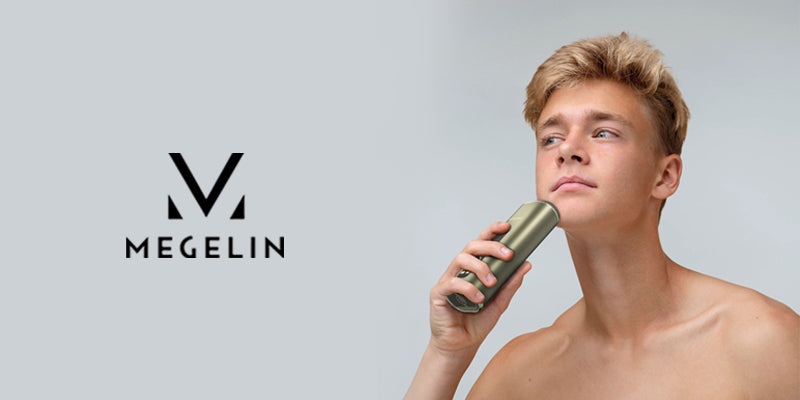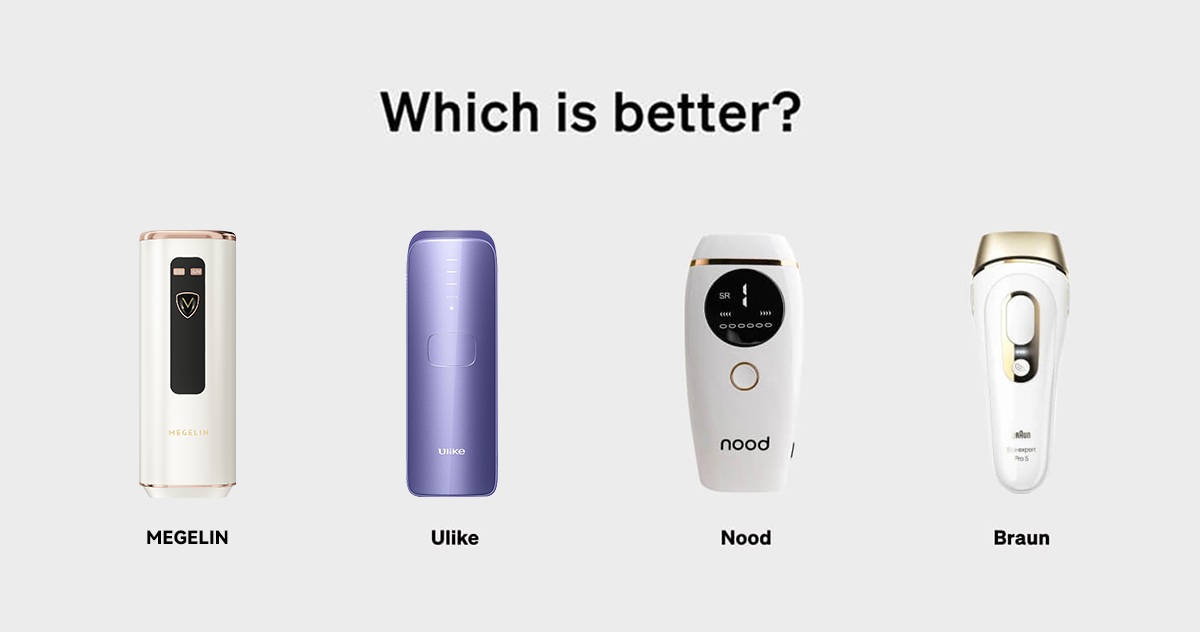
Red Light Therapy Bulbs: How to Pick the Right One
2MegelinIn an age where the quest for health and wellness incorporates a blend of traditional and modern methodologies, red light therapy bulbs have emerged as pivotal components in cultivating physical well-being. Harnessing the power of specific wavelengths, these bulbs are lauded for their ability to boost cellular fuel, stimulate healing, and rejuvenate the skin without the introduction of toxins. Their growing popularity is underscored by compelling evidence supporting their efficacy across various aspects of physical health. Crucially, understanding the nuances of irradiance, the therapeutic range, and skin penetration capabilities is essential for users seeking to maximize the benefits offered by these small but mighty tools.
As consumers navigate the market of red light therapy bulbs, discerning which product best aligns with their needs requires a thorough knowledge of factors such as LED bulb efficacy, appropriate treatment duration, and wavelength specifications, including the sought-after red light therapy bulbs 660nm. Additionally, the versatility of these bulbs, ranging from enhanced versions for home use to specific models designed for tanning beds, underscores their broad utility. This article endeavors to guide readers through the pivotal considerations in selecting the best red light therapy bulbs, delving into the types available, and exploring their benefits and efficacy. By equipping readers with critical insights into key product attributes—such as irradiance levels and the benefits of red light bulbs—this piece aims to illuminate the path toward informed decision-making in the pursuit of optimal health outcomes.
What to Look for in Red Light Therapy Bulbs
When selecting red light therapy bulbs, it is crucial to consider several key factors to ensure maximum efficacy and safety. Here are the main aspects one should focus on:
Wavelength Range (633-850nm)
The therapeutic range of red light therapy typically falls between 633nm and 850nm. Bulbs within this spectrum can penetrate the skin at different depths, influencing a variety of cellular processes. It is important to choose bulbs that specifically state their wavelength range to match the intended treatment outcomes.
Irradiance Levels for Effective Treatment
Irradiance measures the intensity of light emitted per unit area and is crucial for effective red light therapy. Higher irradiance levels can provide more energy, leading to shorter treatment times. However, it is essential to balance irradiance with exposure duration to avoid skin damage.
Quality and Certification of Bulbs/Devices
To ensure safety and effectiveness, one should opt for red light therapy bulbs that are certified by reputable organizations. Quality bulbs often come with guarantees or warranties that provide assurance of their longevity and performance. Checking for certifications can help avoid ineffective or potentially unsafe products.
Types of Red Light Therapy Bulbs
Incandescent and Halogen
Incandescent and halogen bulbs, while common in traditional lighting applications, are inefficient and potentially harmful for red light therapy. These bulbs emit a broad spectrum of light, including low doses of UV light, which can lead to cumulative skin damage [1] . They operate by heating a tungsten filament, with incandescent bulbs losing about 90% of their energy as heat and only converting 10% to light. Halogen bulbs perform slightly better but still lose about 80% of their energy as heat [1]. Furthermore, the light from these bulbs is diffused 360 degrees, making it ineffective for targeted skin therapy as it fails to deliver specific red or NIR wavelengths [1].
Fluorescent
Fluorescent bulbs, recognized by their tube-like shapes, utilize electrically charged mercury gas to produce light. This technology, while more energy-efficient than incandescent and halogen options, comes with significant drawbacks for red light therapy. The emitted light is omnidirectional, diffusing energy in all directions, which results in minimal skin penetration. Moreover, these bulbs contain toxic mercury, requiring careful disposal, and cannot be fine-tuned to specific red/NIR wavelengths, limiting their therapeutic effectiveness [1].
LED and Their Benefits
LED (light-emitting diode) technology represents the most advanced option for red light therapy. LEDs generate light through a semiconductor material, allowing for precise control over the wavelengths emitted—ranging from red to near-infrared. The key benefits of LEDs include their ability to direct light in a concentrated beam, enhancing skin penetration and maximizing therapeutic effects. They are energy-efficient, long-lasting (up to 100,000 hours), and do not produce significant heat, which reduces the risk of skin damage and increases user comfort [1]. Additionally, LEDs do not contain harmful substances like mercury, making them a safer and more environmentally friendly option for regular use [1].
Benefits and Efficacy of LED Bulbs
Specific Wavelength Production
LED bulbs are highly advantageous in red light therapy due to their ability to emit precise wavelengths, crucial for effective treatment. These bulbs can produce wavelengths specifically in the red to near-infrared spectrum, typically between 625 and 700 nanometers for red light and 780 to 2,500 nanometers for NIR light, which are optimal for skin rejuvenation and tissue repair [2] [1].
Energy Efficiency and Heat Management
LEDs are renowned for their energy efficiency, converting a higher percentage of electricity into light while minimizing heat production. This aspect is critical as excessive heat can damage skin tissues during therapy. Most LED bulbs use passive cooling mechanisms like heat sinks to manage heat, which allows for safer and prolonged use without the risk of overheating [3]. Additionally, LEDs are designed to emit light directionally, ensuring that the light is delivered effectively to the target area without wasteful dispersion [1].
Durability and Safety
The durability of LED bulbs is significantly superior to traditional lighting options. They are robust, not prone to shattering, and can last up to 100,000 hours. LEDs do not contain harmful chemicals like mercury, making them a safer choice for both users and the environment. Moreover, LEDs are capable of maintaining consistent performance over time, providing reliable outcomes in therapeutic settings [4] [1].
Conclusion
Throughout this article, we've explored the significant considerations necessary when selecting the right red light therapy bulbs, focusing on LED technology due to its efficacy, safety, and energy efficiency. As we have seen, understanding the specifics such as the wavelength range, irradiance levels, and the importance of opting for certified products can profoundly influence the therapeutic outcomes. This knowledge not only empowers individuals to make informed decisions but also enhances the potential health benefits derived from using these advanced tools in their wellness routines.
The journey towards optimal health and rejuvenation via red light therapy involves more than just purchasing a bulb; it requires an informed choice that takes into account the nuances of technology and personal health goals. As research continues to unfold the vast potentials of red light therapy, users are encouraged to stay informed and select products that align with the latest scientific findings and standards. By doing so, they ensure that their investment into red light therapy yields the maximum possible benefits, placing them on a path to achieving their wellness objectives.
FAQs
1. How can I select the appropriate red light therapy device?
When choosing a red light therapy device, consider the following factors:
- Irradiance: This refers to the energy output of the device, which affects how effectively it treats your body.
- Frequency: Look at the wavelength of the light, which should match therapeutic needs.
- Treatment Coverage Area: Decide whether you need a device for treating small areas or larger body parts.
2. What is the best type of bulb for red light therapy?
LED bulbs are generally the best choice for red light therapy due to their advantages. They provide tight wavelength spans, crucial for effective therapy, typically ranging from 630nm to 660nm for red light and 810nm to 850nm for NIR (near-infrared) light.
3. How do I select the correct light bulb for my needs?
To find the right light bulb, follow these steps:
- Fitting or Cap Type: Identify the correct fitting for your fixture.
- Bulb Type: Choose between CFL, halogen, or LED based on your needs.
- Brightness and Color: Consider how bright and what color light you need.
- Shape: Pick a shape that fits your lighting fixture and desired aesthetic.
- Bulb Finder Tool: Use a bulb finder tool to help make your decision.
4. Is the type of red light used important?
Yes, the type of red light matters significantly. Although many red lights emit wavelengths within a therapeutic range, their quality and consistency can vary. Some lights may offer a broader wavelength range, which might not be as effective for therapeutic purposes.
References
[1] - https://rouge.care/blogs/rouge-red-light-therapy-blog/what-you-need-to-know-about-red-light-therapy-bulbs-is-all-red-light-created-equal
[2] - https://www.ncbi.nlm.nih.gov/pmc/articles/PMC3926176/
[3] - https://gembared.com/blogs/musings/red-light-therapy-and-heat-where-does-it-come-from-1
[4] - https://hoogahealth.com/blogs/news/how-to-choose-red-light-therapy-bulbs-for-optimal-benefits










